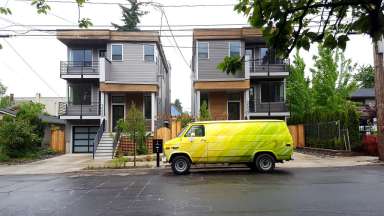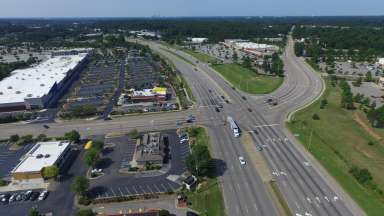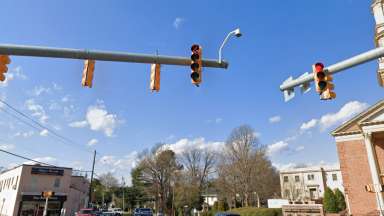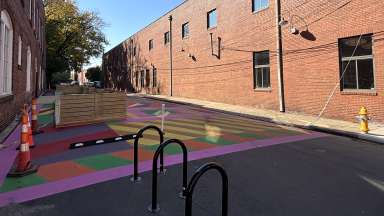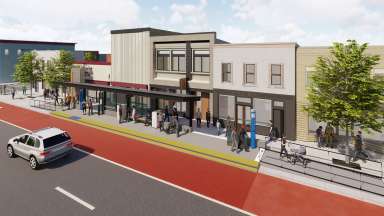Raleigh has completed many zoning reforms that directly address the issues raised by the community to improve racial equity. The reforms address both allowances to build denser housing types, as well as incentives to do so. The primary incentive offered in zoning ordinances is permission to build more densely, and in all cases, the “missing middle” housing types are allowed greater density than single-family.
Accessory Dwelling Units (ADUs) or Granny Flats are now permitted in all zones in associated with a one- or two-family dwelling on the same lot. The Fast Track program can make constructing an Accessory Dwelling Unit (ADU) a more accessible process for Raleigh residents: Fast Track plans have been reviewed only for Building Code compliance before becoming part of the online gallery.
Missing Middle housing was legalized in many more places with the adoption of TC-5-20 and TC-20-21. This change allows many more housing types in residential districts.
Tiny Homes are similar to single-family homes but with the following differences:
- Limited to 800 square feet footprint and 1,200 square feet in gross floor area
- Limited to 26 feet/2 stories in height
- Can contain one or two dwelling units
- Can be located on a flag lot. This only applies to the R-4, R-6 and R-10 zoning districts.
- Can be located on an otherwise smaller lot than a typical detached house i.e. smaller lot width, depth and area. This does not apply to the R-1 zoning district.
- Can be constructed as a Manufactured Home, but if so, limited to 600 sf in size.
Parking minimums are set for elimination citywide by TC-11-21. Parking requirements increase the cost of building affordable housing, and low-income households are less likely to own cars and more likely to use public transportation.
